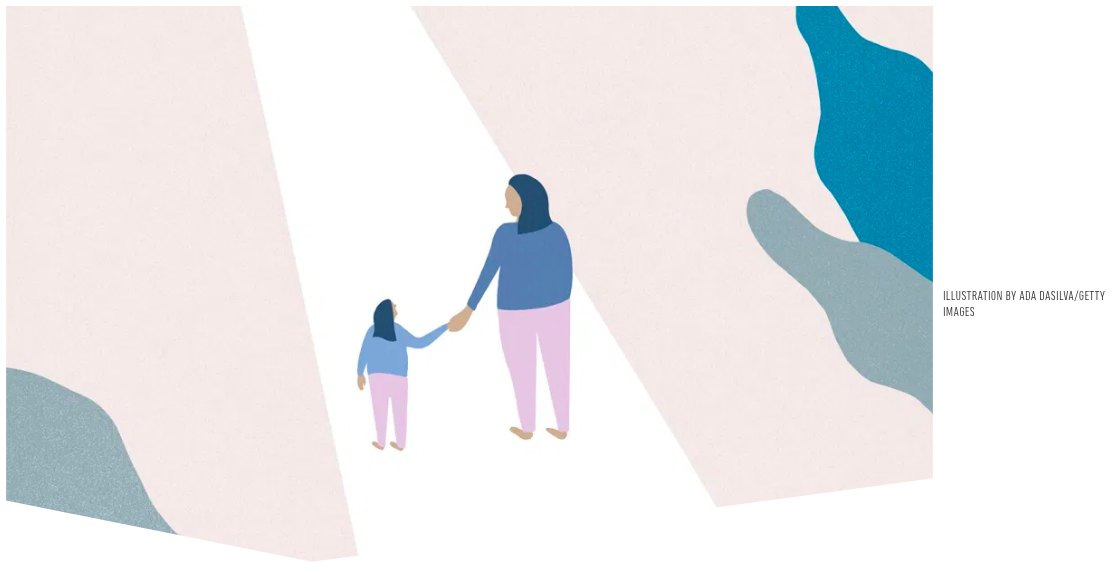by Johnisha Levi
Last month I wrote an article for Yes! Media on the American Rescue Plan’s potential to reduce child poverty in the United States. The plan, which was signed into law in March, seeks to uplift American families suffering from the economic impacts of COVID-19 with a series of cash transfers and expansion of benefits. While the focus of the bill is specifically COVID-19 relief, it has potential to have lasting impacts on childhood poverty and hunger in our country.
At The Nashville Food Project, we have long recognized that child hunger is not an isolated problem, but one that is inextricably linked to housing, education, employment and a host of other systemic failures. This is why we work collaboratively with local organizations that provide child and youth poverty-alleviating programming so that we can augment the impact that our work has on children and families in our community. Sharing our nutritious meals and fresh produce supports the essential work that these organizations do every day to help lift children and their families out of poverty. Just look at our Sweet Peas: Summer Meals for Children program, which will provide close to 15,000 meals for children over the next two months, lessening the critical summer nutrition gap for area children and youth who rely on school meals for their daily nutrition.
The benefits that the American Rescue Plan offers to U.S. families have the potential to significantly reduce the child poverty rate in America, giving it great historical context. You can learn more about the bill’s provisions in the Yes! piece and in the excerpt below:
The Center on Social Policy at Columbia University has estimated that the American Rescue Plan will cut the child poverty rate by as much as 56% this year, which will alleviate the suffering of children of all races. The poverty rate for Black, Hispanic and Indigenous children, who are disproportionately impacted by both poverty and COVID-19, would decline by 52%, 45% and 61% percent respectively. However, as the Children’s Defense Fund’s Director of Poverty Policy, Emma Mehrabi, cautions, “Th[is] data will only live up to its projections if families—especially the hardest to reach—know about the benefits [offered through the plan] and can easily access them. So we need to make sure that families and communities on the ground are aware of this program and we need to work aggressively to get them signed up.”
The Plan’s newly liberalized child tax credit, which is a cash transfer that can be spent as parents/guardians determine, has been receiving a lot of media coverage due to its transformational potential. The Plan’s child tax credit is fully refundable, and therefore does not phase out jobless parents nor those with the lowest incomes who pay little to no federal income; it will benefit 93% of the parents of American children, or 69 million people. Prior to the legislation, the poorest 10% of children did not receive any benefit from the child tax credit and approximately 25% received only a partial benefit. Many of the children whose families were excluded from the original tax credit were the children of single parents, Black and Hispanic children, and those who live in rural areas.
Effectively, parents who receive the child tax credit under the Rescue Plan are getting a small taste of what it would be like to have a guaranteed minimum income to support their children. According to a recent UNICEF report, at least 23 countries guarantee a minimum income for families with children. A guaranteed minimum income for children not only alleviates poverty in real time; it has also been linked to better health outcomes for children, improved performance in schools, and the ability to earn higher incomes as adults.
The temporary child tax credit is only a start; to have a significant and far-reaching impact, we’d have to make such assistance to families permanent and also combine it with other legislative solutions that address the deep economic and racial disparities in this country. But we hope that the American Rescue Plan opens doors to a more empathetic manner of addressing poverty in this country—one that treats it as a societal failure rather than an individual moral shortcoming. We owe it to our children to give them a better start in life.
